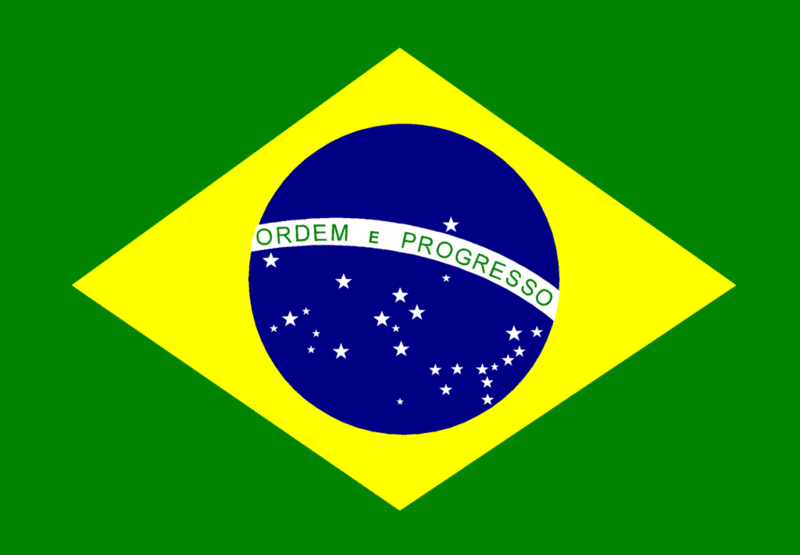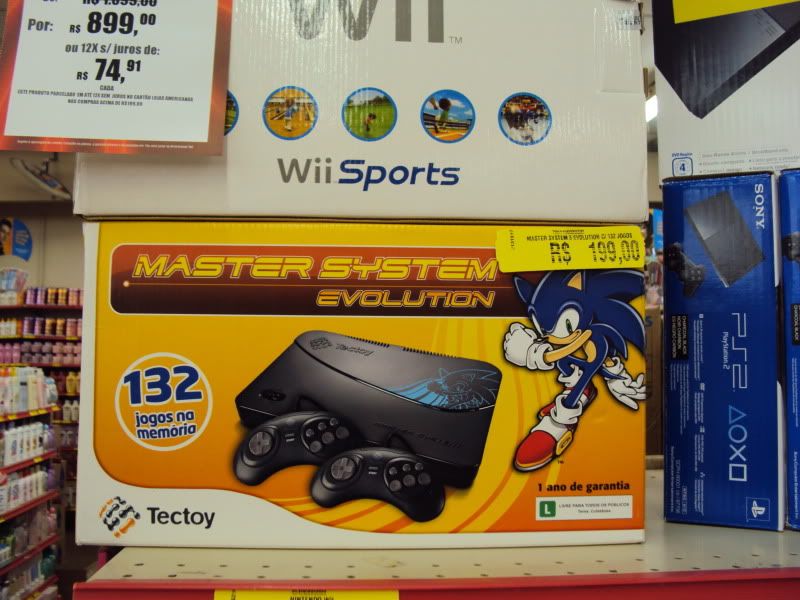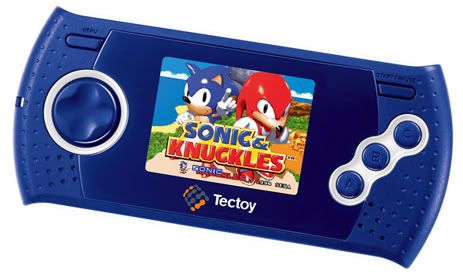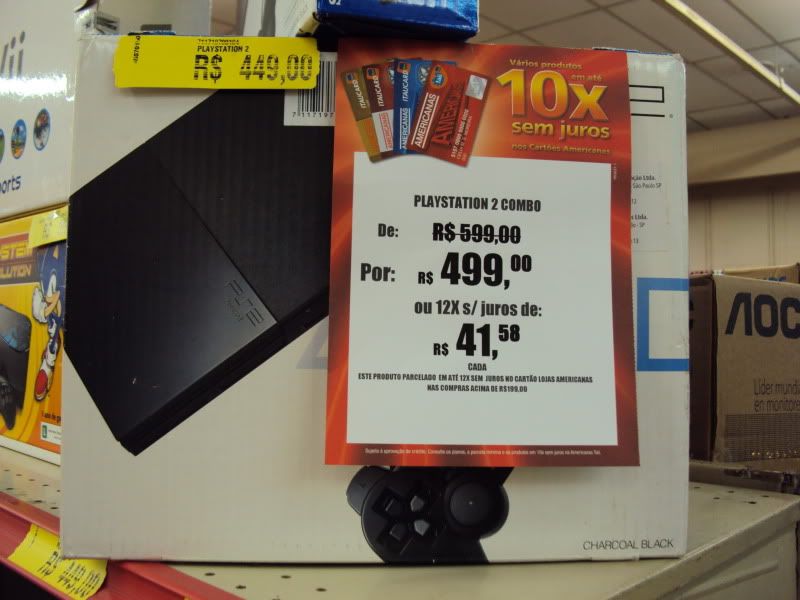Sony still hasn't discovered Brazil
|
Officially, Brazil was discovered by the Portuguese explorer Pedro Ãlvares Cabral in 1500. 509 years later and Sony finally did the same, or so it seemed. Executives from Sony do Brasil declared on April 14th that the Playstation 3 will finally be officially launched on Brazilian shores until the end of the semester (we are almost there, then) – but no other details were given. Sony received some snide comments back in 2009 for launching the Playstation 2 in Brazil. Sony itself might have felt embarrassed to release such an old piece of technology as there was no fanfare or special announcements: on November 18th, 2009, the PS2 console, some PS2 and even PS3 games simply started appearing on a bigger number of Brazilian stores. PSP? Nobody cares apparently. The cynical reaction of Brazilian gamers is easy to understand. We do not live in the past. If you want a PS3 here, you’ll have to import one – add the exchange rate and a bucket full of taxes and the result is that Brazilians have to pay almost 4 times of what is an already expensive price. Myself, I rely on either my foreign friends or the occasional Brazilian friend that travels to US. Others rely on pirated games. Condemning piracy in Brazil is as easy as it is hypocritical; because the fact remains that there is a repressed demand in here. However, Sony doesn’t deserve cynicism for launching the PS2. In fact, launching past-gen consoles is almost always a good thing. Take the Sega Genesis. Launched in 1988 and still running strong in Brazil thanks to a Brazilian company called Tectoy that either develops or distributes new variations of that console. Here you can find a reasonably priced version of the Sega Genesis with up to 132 games built-in or a Portable Mega Drive with 20 – including some original games based on cartoons (Turma da Mônica, Woody Woodpecker) and Brazilian TV shows (Show do Milhão). The downside is that third-party developers cannot make anything new for it, as the console only allows built-in games to be played, but at least this is good because it helps to disseminate gaming culture among the poorer population.
If the current developers are scared of these games not finding its market without somebody lighting the way first, they are creating a vacuum ready for new developers to fill in with inexpensive games that are light on features. But here is where Sony makes its biggest mistake. In order for this strategy to work, you have to target the PS2 at the lower classes of the Brazilian population – after all, the wealthy percentage will probably overlook the PS2 for the PS3 unless there are new excellent games – and exclusive – coming out for it (which isn’t the case). By setting a low price point, Sony can quickly expand its market-share among a population whose demands have been repressed so far and whose only direct competitor is a Sega Genesis with a limited number of built-in games available.
Alas, the price of the official PS2 is R$ 599,00. Assuming the dollar at R$1,70, this means the converted value of the PS2 is approximately US$350,00! A new PS3 can cost less. If the term “facepalm” ever need a good definition, here it is. There hasn’t been any movement towards giving incentives for the development of new games either, although it’s hard to imagine a sane Brazilian paying that much for a PS2 in the first place. Sony indeed doesn’t deserve the cynicism it received for launching the PS2 here; that reaction should be aimed at Sony’s own distrust about what to do with the system here. Simply put, Sony doesn’t even believe in its own strategy – or the lack of one. All things considered, Brazilian launch of the PS2 is, at this moment, nothing more than a tackled-on bullet point at a presentation for investors to see. Now you can sell them the impression it decided to diversify its gaming operations. Meanwhile, the demand gap for a cheap console with a continuous flow of cheap but good games is still open in the soon-to-be 5th biggest economy in the world, after USA, China, Japan and Germany. Perhaps it will take Tectoy to launch a Brazilian version of the Dreamcast to get those wheels finally turning. |



 The ideal would be a console that allows for games which aren’t built-in to be played – and allow people to make new games for it. This is the opportunity facing the PS2 right now. Taking this chance would be beneficial for small game studios. More specifically, Brazilian game studios. It could be a chance for the (now ridiculously small) Brazilian game development industry to develop stuff beyond the occasional cellphone game or smartphone app and start creating content for the PS2 instead: a console with a powerful brand name and focused on the local market. Making games for last-gen consoles is cheaper than current- or next-gen and playing a last-gen game is not less fun than playing the most cutting edge game ever more by default. The Virtual Console is a proof of that. So, why not start making some new game for older systems? Sure, a lot of these games would be shovelware at first, but eventually these companies will have some hits.
The ideal would be a console that allows for games which aren’t built-in to be played – and allow people to make new games for it. This is the opportunity facing the PS2 right now. Taking this chance would be beneficial for small game studios. More specifically, Brazilian game studios. It could be a chance for the (now ridiculously small) Brazilian game development industry to develop stuff beyond the occasional cellphone game or smartphone app and start creating content for the PS2 instead: a console with a powerful brand name and focused on the local market. Making games for last-gen consoles is cheaper than current- or next-gen and playing a last-gen game is not less fun than playing the most cutting edge game ever more by default. The Virtual Console is a proof of that. So, why not start making some new game for older systems? Sure, a lot of these games would be shovelware at first, but eventually these companies will have some hits.
Pingback: Friday Post: Go Go Power Rangers! « Nightmare Mode